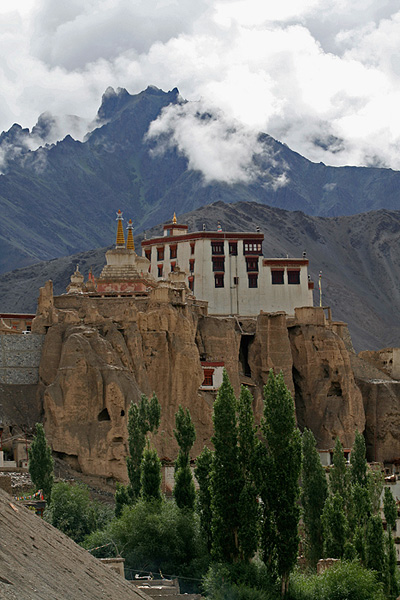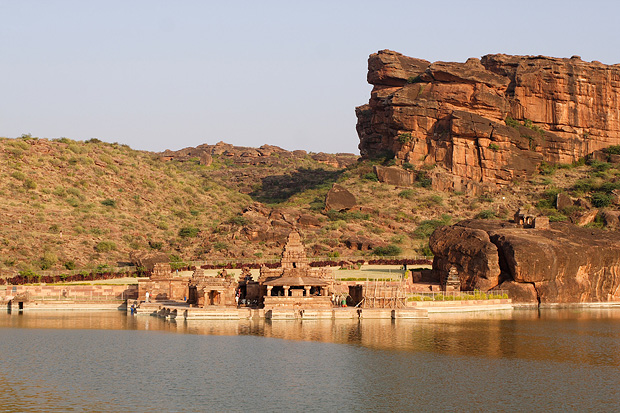Travel Photography: Photographing Monuments
This article appeared in March issue of Terrascape, a travel magazine for which I am an editorial consultant and also write a column on photography. Read all the earlier earlier travel photography articles on India Travel Blog.
Monuments, heritage sites and artworks can be tricky subjects to photograph. Although the subjects can be beautiful in itself and it may not take much effort to make them look good (Taj Mahal, for instance), photographers often commit the mistake of merely reproducing the work of art. A simple photograph of a mural becomes just a replica of the original work of art even if it is looking good, where the photographer is not really adding any value. Unless great care is taken, picture of a sculpture or a monument may end up becoming a two dimensional repetition of the subject and may even loose the charm in the original work. The photographer must make an effort to showcase a monument or sculpture from different perspectives. Let’s look at ways to overcome these challenges.

Lighting. When the light falling on an object is incident from a side of the object and not directly from the front or behind the object, it casts shadows at the edges and at the depressions. When the light is directly on the subject, all shadows are eliminated, making it flat and two dimensional in your image. Backlit objects appear dark in the picture. Take photographs at the time of the day when you have sidelight, which helps create the third dimension in your photograph. At the same time, make sure you are not shooting in very harsh light, when shadows cast are very dark and you may not be able to capture details in the shaded areas.
Some monuments managed by Archaeological Survey of India have ‘Sound and Light Shows’ in the evenings. Carry a tripod and photograph them in the colourful floodlights.

Environment. If the monument is in a dramatic location, include its environment. Take a picture of Taj Mahal with River Yamuna in front of it. Photograph Hampi’s monuments against the boulder strewn landscapes or Mandu’s structures against the water bodies. A good surrounding can enhance the beauty of the monument by manifolds in your photograph.
Variations. A few guidelines that apply in making any subject look good in a photograph can also be applied to photographing monuments. Try to capture multiple perspectives by going around the monument. Shoot in early morning light. Capture not just the details of a monument, but silhouettes as well. Include people in the frame to show scale and infuse some life into the image. Remember that every subject offers endless possibilities in capturing it. Study the subject well; come back in another time of the day or in a different seasons and see variation in the moods of the monument. The variety you will then see in your photograph will surprise you.
Prints of the image available. Request for prints